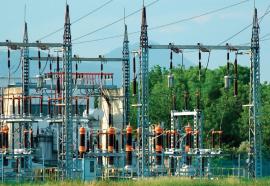Vendor Neutral
(December 2011) Lafayette Utilities System selects Elster’s EnergyAxis as its AMI system; ABB wins contract from Hydro-Quebec; Sapphire Power Holdings acquires gas-fired power generation from Morris Energy Group; Consumers Energy awards contract to Babcock & Wilcox; plus announcements and contracts involving BP Wind Energy, Abengoa Solar, Samsung C&T and others.





